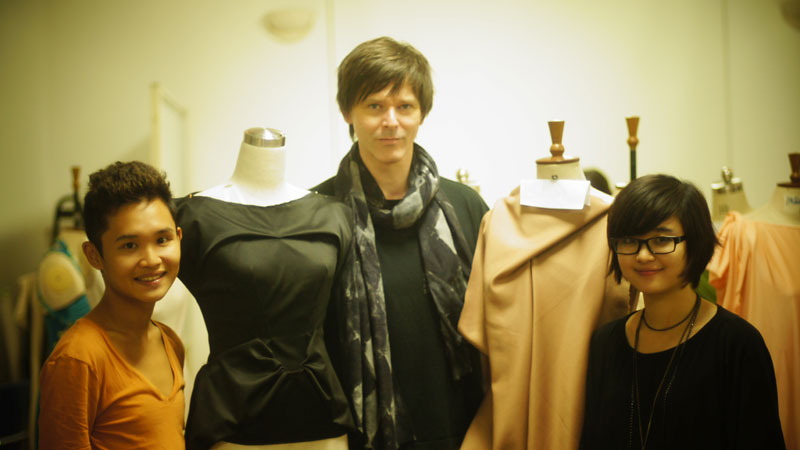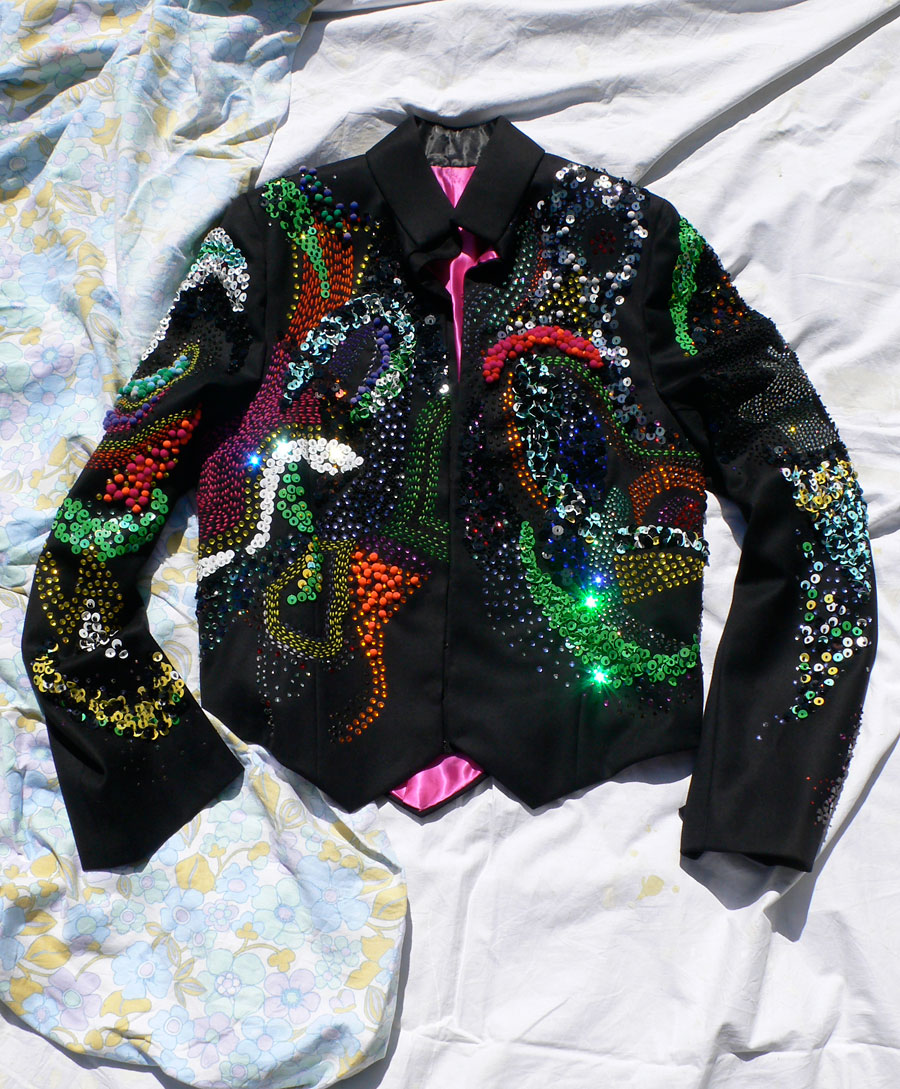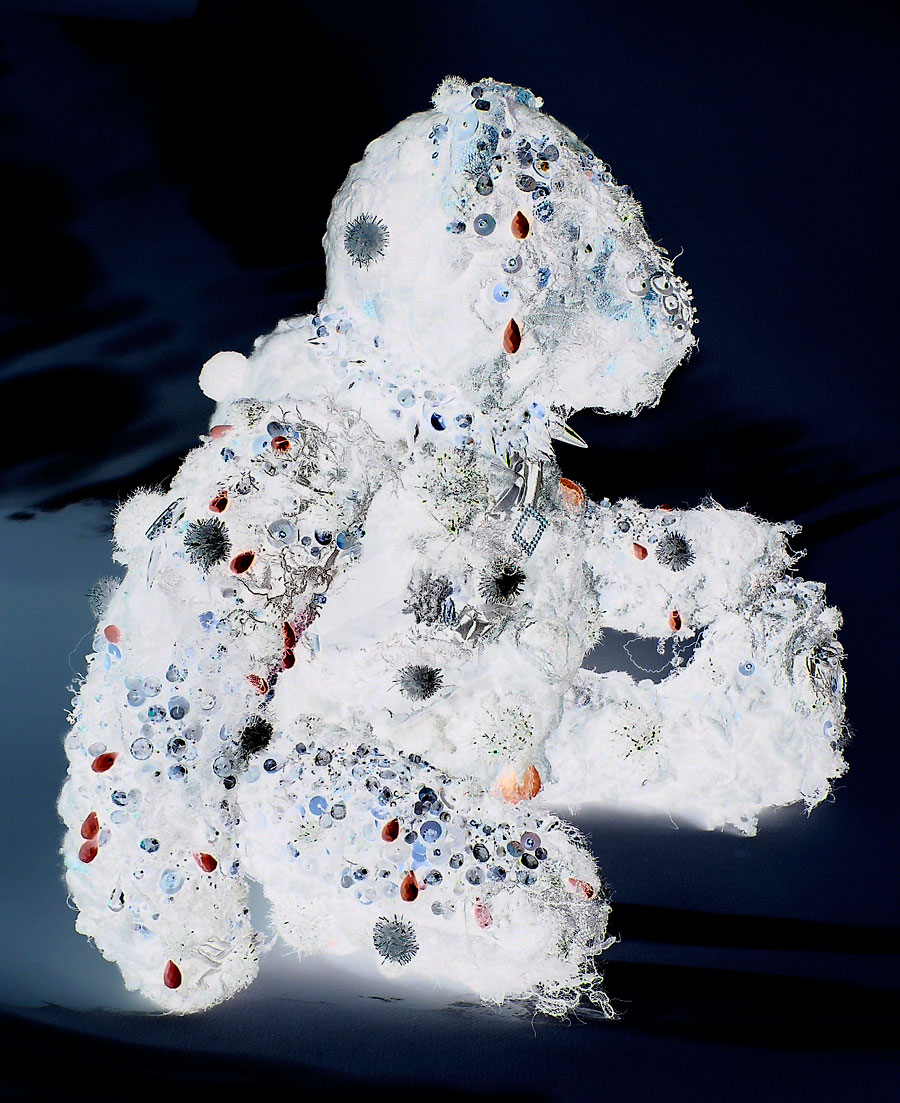Meet Jason Steel, LAU’s fashion design kick-starter
British academic Jason Steel joined LAU this fall to lead the new B.A. in Fashion Design in collaboration with ELIE SAAB. He aims to empower a new generation of aspiring designers to become quality-minded, business-savvy, and above all, unique.
Having only been in Lebanon for a few months, Steel has already fallen in love with Beirut, drawn to its creative force. “Here there is such an energy it reminds me of my favorite city, Glasgow. I feel that here we are on the edge of a design renaissance for the world,” he said.
Steel is interested in helping students find their own direction on the degree. He not only encourages but hunts out individualism. “If I have 40 students in the class, I am on 40 different journeys,” he said. He wants the new designers to lead rather than follow, by departing from established norms and seeking their own distinct identities.
Steel’s own journey took off in 1999 with a stellar undergraduate record, after which he was invited to the renowned Royal College of Art, London where he earned a master’s degree in 18 months. His final collection for that program won the Thames & Hudson award for excellence in craftsmanship.
“I tell students I didn’t get in because I was talented. I got in because I had a vision for my work and I knew who I was,” he said.
For Steel, creativity is a tangible goal that can be reached with focus and hard work. Although students often panic at the requirement to “be creative,” he compares the creative process to that of learning how to drive — it’s achieved incrementally, with practice.
Beyond creativity, Steel speaks of the importance of understanding the market, believing that some collections fail in their drama and catwalks can sometimes come closer to theatrics.
“Fashion is about driving trends and products that are actually desirable things that people will buy. There always has to be something wearable within a collection plus the key show pieces,” he said.
Steel’s academic experience reaches far beyond the UK. Before coming to Lebanon, he taught in various cities in South East Asia, most recently as Director of Studies at the London College for Fashion Studies in Hanoi.
It was quite a cultural shift to live in societies where “there is a limited understanding of contemporary design, no art education in schools and parents are closed to the idea of children having a career with ‘no prestige,’” as he put it. But he enjoyed seeing the transformation that occurred as students realized their creative freedom. “When people are so passionate about design it becomes a real joy,” he said.
As for his own work, it has recently evolved into the conceptual and shifted in focus to objects rather than garments.
“I am interested in subjects such as the decay of time and beauty, things falling apart, the poetry of emotion and all the things to do with my previous volunteering like people at the end of their lives, how we deal with the past, and children fleeing war torn countries,” he said.
Under the fictitious German brand “Schlendrianocratie,” he creates delicate toys that reveal a darker side on closer inspection, with allusions to illness, mortality and war.
Those themes go back to the period when, as a young college graduate —years before the RCA days— he was involved in social care for alcoholics, drug abusers and the terminally ill.
Steel encourages his students to bring that same social awareness and compassion to their design work, in an industry sometimes accused of lacking depth.


